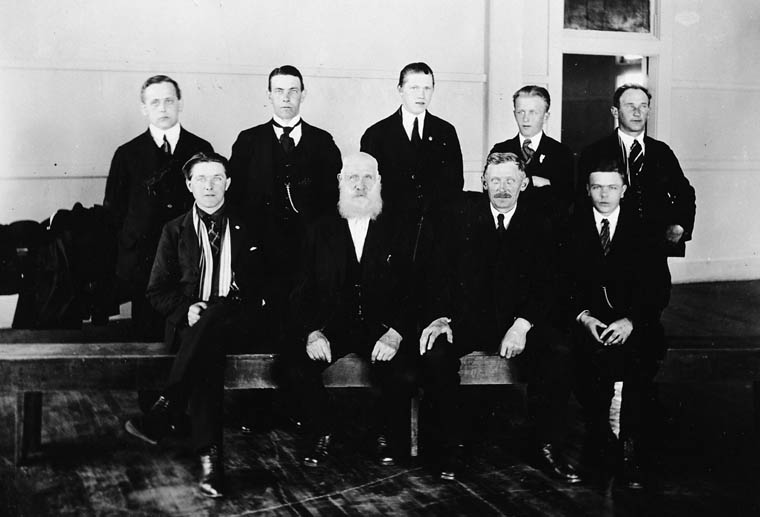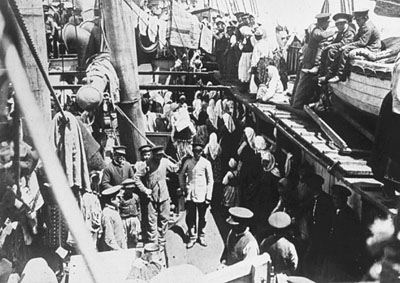Article
Charles de Koninck
Charles de Koninck, philosopher (b at Thourout, Belgium 29 July 1906; d at Rome, Italy 13 Feb 1965). A graduate of Louvain U, when he arrived at Québec's Université de Laval, Thomism was the established doctrine of philosophy in Québec.













